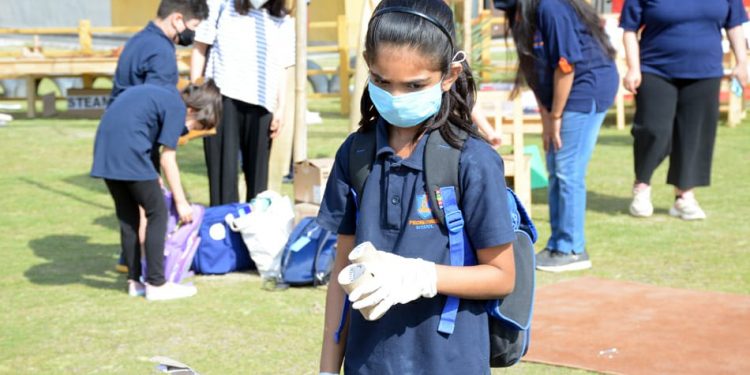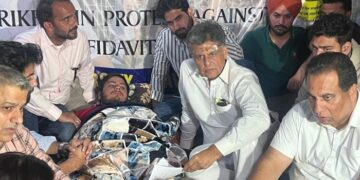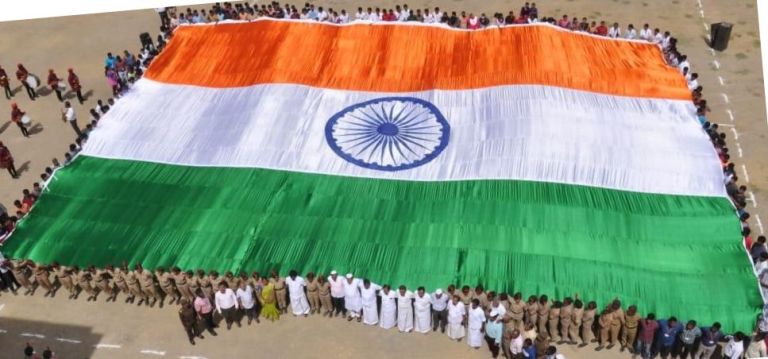It is so relieving to see gradual reopening of schools, colleges and other educational institutions in the whole world including our country. More than a year and half after the COVID-19 pandemic forced education institutions closures worldwide, as per COVID-19 Global Education Recovery Tracker only half of the schools across the globe have resumed classroom teaching and learning while around 34% of schools are relying on mixed or hybrid instruction mode. The tracker has been jointly created by Johns Hopkins University, the World Bank, and UNICEF to assist countries’ decision-making by tracking reopening and COVID-19 recovery planning efforts in more than 200 countries.
While the tracker noted that only 53% of countries are prioritising vaccinating teachers, the World Bank has recommended that countries should no longer wait to get their population or school staff fully vaccinated before reopening schools. In India, despite most states having partially reopened schools, the attendance has been thin as parents have been cautious in sending children back to school. Festive season has been cited as a reason for holding back and rightly so, given the abrupt horror of second wave in April month. However, with experts, nearly confirming endemic status of pandemic and children in most sero-surveys matching adults in exposure to virus, the good news of back to campus is just a matter of time, hopefully.
The online education that was the mainstay of education delivery in past 18 months, is at best a poor remedial substitute. At the same time, it was not available to all. For many, it was completely inaccessible. A Government report says 29 crore students, including 14.33 crore in Bihar, were found without access to digital devices. It underlines the grim reality of differential access to education, made starker by the pandemic-induced disruption and the consequential digital divide. As per newspaper reports, between 40% and 70% school-going children in seven large states – Assam, Andhra Pradesh, Bihar, Gujarat, Jharkhand, Madhya Pradesh and Uttarakhand – do not have access to digital devices.
For those, who had access and received online education, learning wasn’t great in any case. And research is proving that most of technology-enabled content is gizmo as the learning content is not based on standards of cognitive psychology, pedagogy or fundamental of neuroscience. How learning works, appropriate conducive conditions for learning and effectiveness of famous traditional classroom learning methods and techniques like lectures, class work, homework, assignment tests & repeat are a matter of research at MIT. Our own teachers have similar experiences to share. So, reopening is also to make up learning loss and tide over learning crisis.
The reopening of schools in particular will have to look at two broad aspects. One, getting back to normal the learning/teaching processes quickly and two, have WASH and sanitation provisions. In the first, teachers, who have themselves experienced the teachings and learnings of long pandemic and technological interfaces and delivery systems, will have to adopt good of it and mix with the traditional ways. Students are having a hard time to give up the informal home-based environment and recondition for schooling. Both students and teachers together will have to navigate to resume the real education on campuses.













